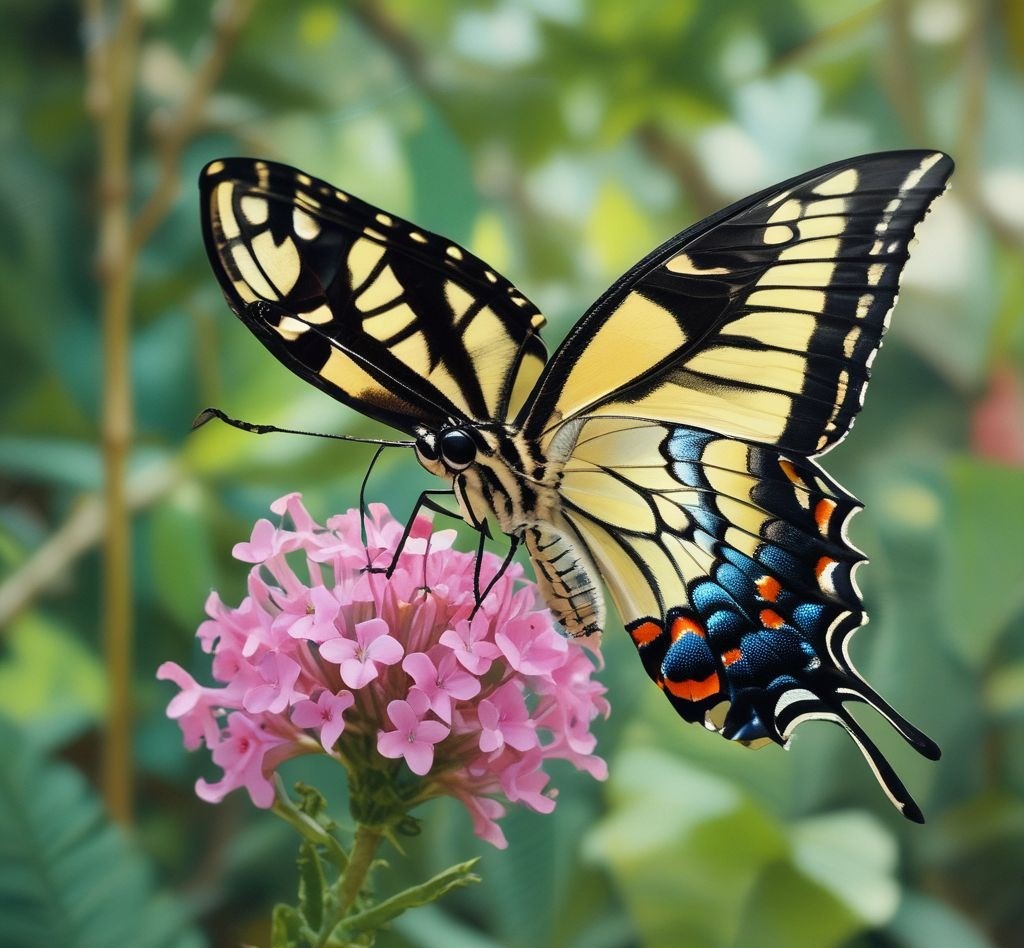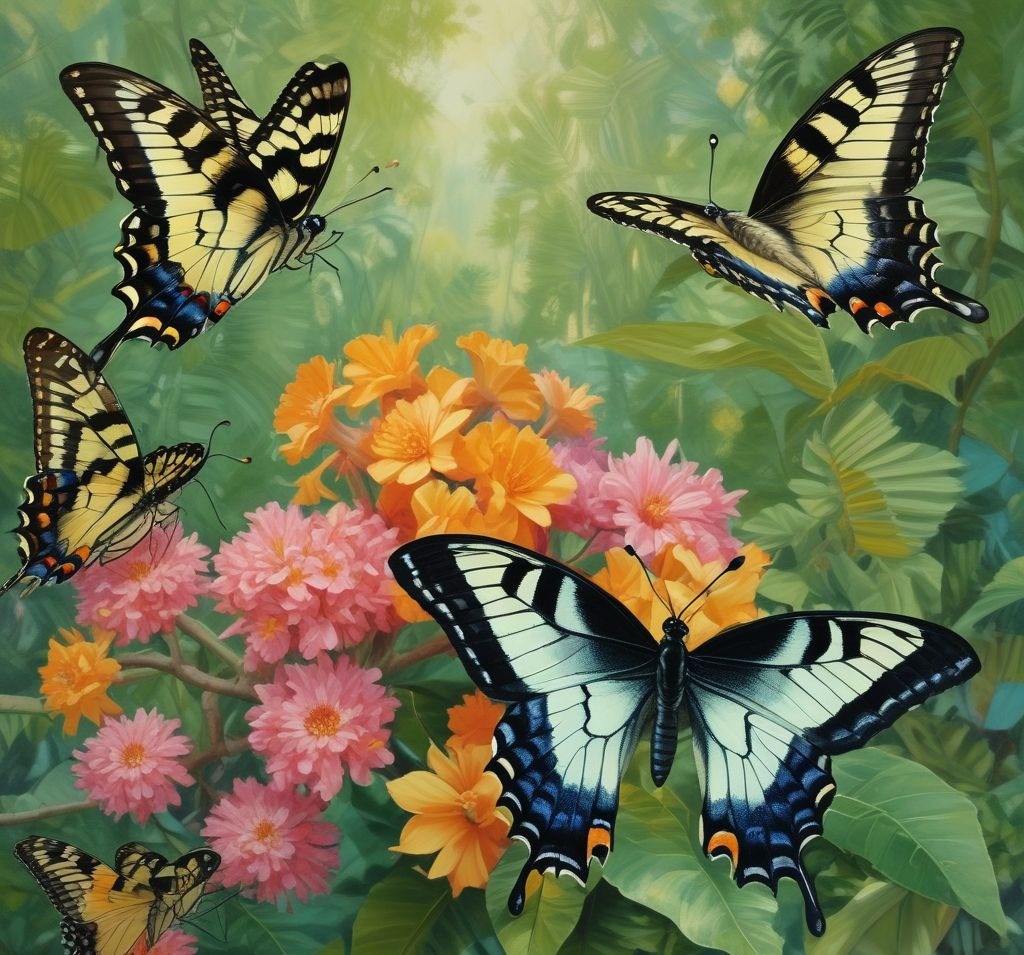🦋 All About the Bahama Swallowtail
The tropical butterfly with bold colors and island vibes! 🌴🌞🦋
📖 Quick Overview
| Feature | Details |
|---|---|
| Animal Name | Bahama Swallowtail |
| Habitat | Tropical forests and coastal areas of the Bahamas |
| Food | Nectar from flowers (Herbivore as adult) |
| Group Name | Flutter |
| Baby Name | Caterpillar or Larva |
| Special Skill | Fast flying and camouflage with leaf-like wings |
| Danger Level | Near Threatened 🟡 |

🌟 What Is a Bahama Swallowtail?
The Bahama Swallowtail is a large, tropical butterfly found only in the Bahamas!
They have:
- Bright yellow and black wings with striking patterns
- Long “swallowtail” tips on the back wings
- A bit of blue and red near the bottom of their wings
- A graceful, fluttery flight
They’re rare, beautiful, and only live in one special place!
📍 Where Do Bahama Swallowtails Live?
These butterflies are native to the Bahamas—they don’t live anywhere else in the world!
🗺️ Found on:
- Many of the larger Bahama islands
- Forest edges, gardens, and near the coast
🌿 Habitat:
- Tropical woodlands
- Coastal scrub
- Flower-filled areas and sunny clearings
They love warm sunshine and places with lots of nectar-rich flowers.
🍽️ What Do Bahama Swallowtails Eat?
As adults, they drink nectar from flowers with their long, curled tongue (proboscis).
🍴 Favorite flower snacks include:
- Bougainvillea
- Hibiscus
- Lantana
- Wild morning glories
🪱 Caterpillars eat leaves of citrus and torchwood plants—they munch a lot as they grow!
👨👩👧👦 Family and Groups
Butterflies don’t have families like mammals, but they’re often seen in groups called flutters.
👶 Baby Butterfly = Caterpillar (Larva)
- Caterpillars grow fast, then form a chrysalis
- Inside, they transform into a butterfly (metamorphosis!)
💪 Brilliant Bahama Swallowtail Powers
- Fast, fluttery flyers—great at escaping danger
- Bright colors warn predators or help them blend in with flowers
- Long tails on their wings confuse birds
- Can lay eggs only on specific host plants for their caterpillars
💡 Fun Facts About Bahama Swallowtails
- They are only found in the Bahamas—nowhere else on Earth!
- The caterpillars look like bird droppings—great camouflage!
- Males often fly high in search of mates
- One of the largest butterflies in the Caribbean region
- They’re a symbol of the Bahamas’ unique biodiversity
🛑 Are Bahama Swallowtails in Danger?
Yes—these butterflies are Near Threatened due to:
- Habitat loss from development
- Invasive plants pushing out host plants
- Pesticide use in gardens and farms
- Their limited range makes them very vulnerable
💚 How Can We Help?
- Plant native flowers and citrus trees to feed them
- Avoid harmful pesticides and herbicides
- Support butterfly conservation projects
- Learn about and protect island habitats
✏️ Activity: Design Your Own Tropical Butterfly!
🎨 Use crayons, markers, or paint to:
- Create a butterfly with bold wings
- Add tropical colors: yellow, black, blue, and red
- Give it a name and imagine its adventures around the islands!

✅ Summary
| 🗂️ Category | 🦋 Bahama Swallowtail |
|---|---|
| Type | Insect (Butterfly) |
| Diet | Nectar as adult, leaves as caterpillar (Herbivore) |
| Habitat | Tropical forests and coastal scrub in the Bahamas |
| Group | Flutter |
| Special Skill | Colorful camouflage and fast flutter flight |
| Danger Level | Near Threatened 🟡 |